Candelaria is a town on the eastern coast of Tenerife and for devoted Catholics, mainly a place of adoration of the Canarian patron, the Virgin of Candelaria, but it has already been the cradle of the indigenous Guanches and part of their Kingdom of Güímar thousands of years ago.
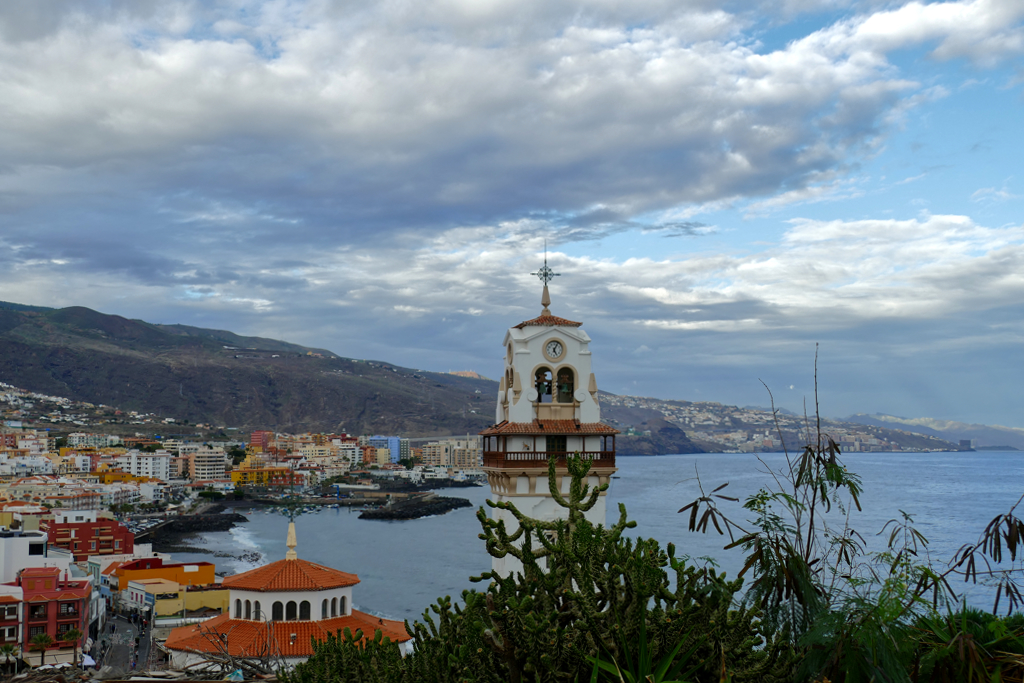
You see, this charming town looks back at so much amazing history, and I’m happy to introduce this beautiful yet often overlooked place in this post.
Candelaria
With me, it’s always about the arts, isn’t it? Those readers to my blog who have known me for a while won’t be surprised that Candelaria was on my list of the must-visits in Tenerife for the sculptures.
In the square in front of Candelaria’s mighty pilgrimage church, the larger-than-life statues of the last Guanche rulers, called Menceyes, stand alongside the promenade and facing away from the sea.
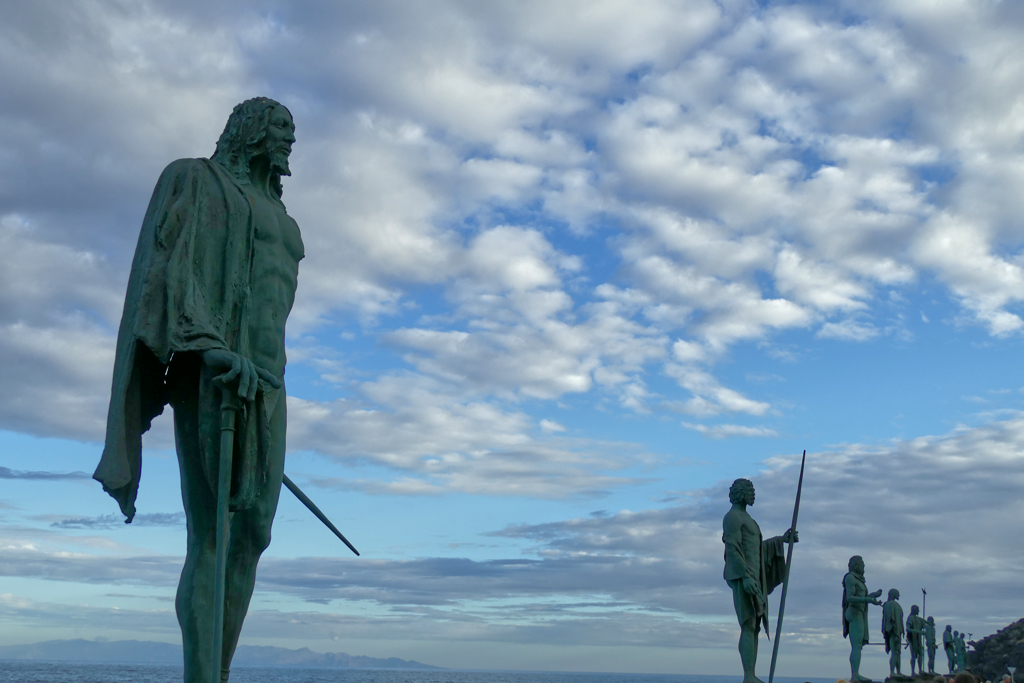
They were the reason that on a more or less sunny morning, we decided to pay a visit to the town located about twenty kilometers south of Santa Cruz. Candelaria has history, statues, a magnificent basilica, and beaches to the right and left of the city center – what’s not to like?
Basilica of Our Lady of Candelaria
We park the car opposite Candelaria’s town hall and stroll through the narrow Calle Obispo Pérez Cáceres towards Plaza de la Patrona de Canarias. It’s Saturday afternoon and most people seem to have already done their weekend shopping; the picturesque street lined with small shops is not as busy as I would have expected.

Once we get to the main square, though, it gets busier. There seems to be some kind of marathon going on so that a stage and racks and vans and lots of helping hands obstruct the view of the basilica, at least the lower part.
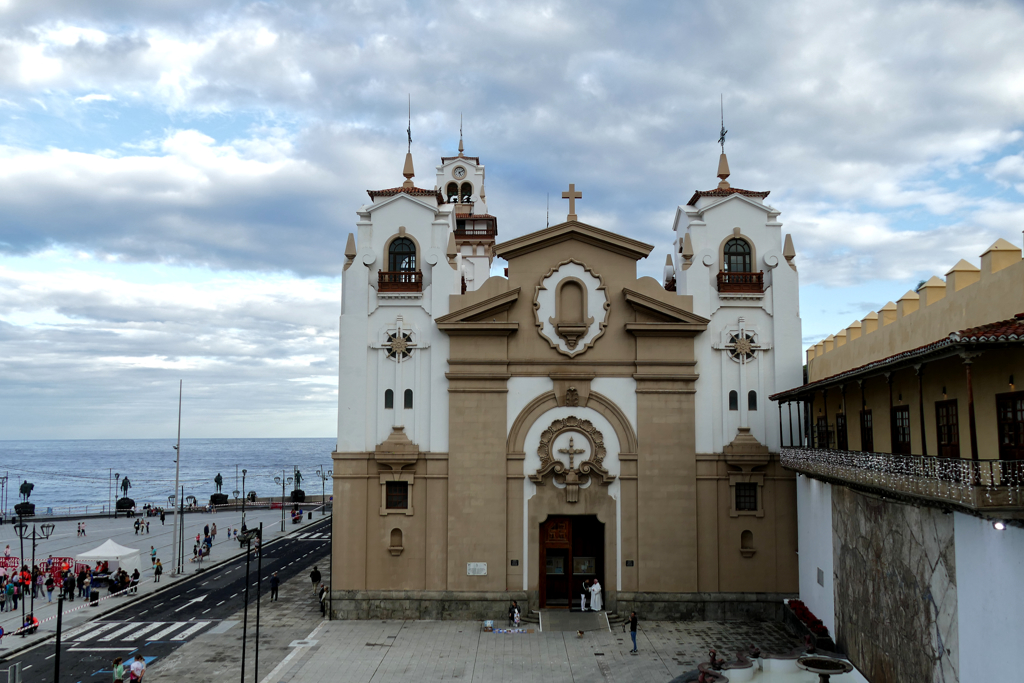
The Basilica of Our Lady of Candelaria was built for the miraculous image of the Virgin of Candelaria. The image of the Virgin of Candelaria was supposedly found around 1400 on the beach of Chimisay. The Mencey, hence ruler, of Güímar brought it to his cave in the Barranco de Chinguaro. Eventually, a place of worship was installed in what’s today the Cave of St. Blaise. After the conquest of the island of Tenerife, conquistador Alonso Fernández de Lugo participated in a Holy Mass in the cave in 1497. Also, large numbers of Guanches were baptized there.
Giving Her a Home
In the following years, a chapel was built near the cave on the site of today’s basilica. The precious image moved there in 1526. But don’t think that the virgin was now able to make herself comfortable. Over the following centuries, she again had to camp in the cave or other temporary accommodation from time to time. Whether a fire destroyed the church or whether it was flushed by rainwater. Whether the commissioners ran out of money or whether it turned out that the site was not suitable for a building of the planned size: It was not until 1959 that today’s basilica was completed.

Today, it is the largest church dedicated to the Virgin Mary in the Canary Islands and was granted the title of Minor Basilica in 2011. Over 2.5 million pilgrims and tourists visit the house of worship every year.
Nine Statues
On the seaward side of the Plaza de la Patrona de Canarias stand nine larger-than-life bronze sculptures of the former Guanche Kings, the so-called Menceyes. Local sculptor José Abad from the town of San Cristobal de La Laguna completed them in 1993 to commemorate the history of the indigenous people of Tenerife.

The statues are an incentive to find out more detailed information about the history of the Canary Islands. The Spaniards have demonstrated here on a small scale what they did on a large scale in America. They are a sign of the Spanish attempt to come to terms with the history of their cruel occupation of Tenerife
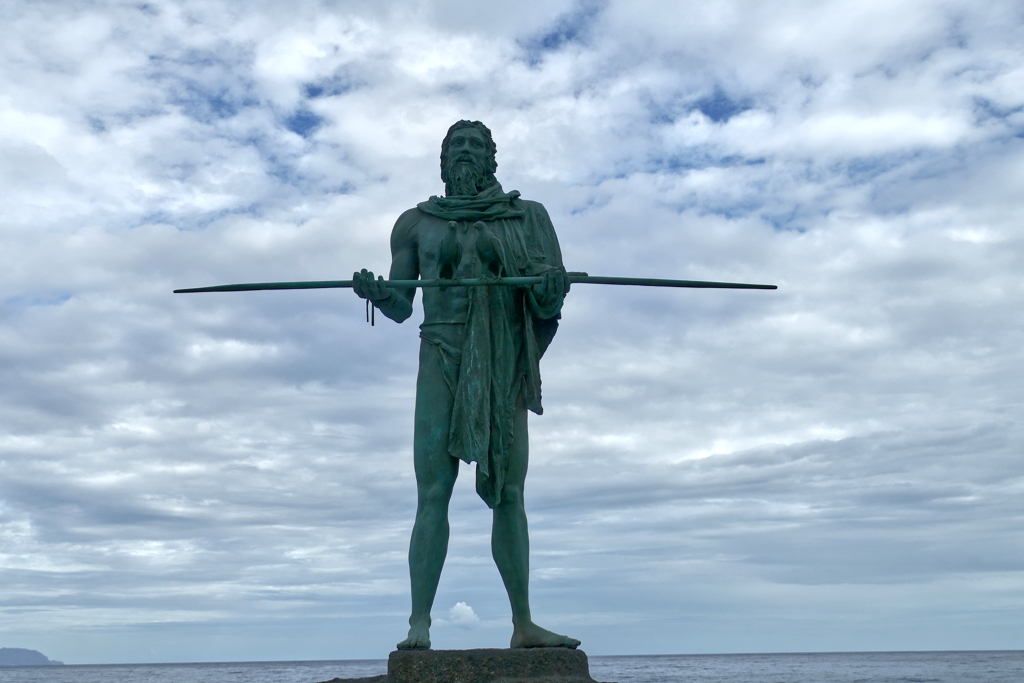
After the death of the Guanche ruler Tinerfe, his nine sons divided Tenerife among themselves. When the Spanish tried to gain a foothold on Tenerife, they fell out and were defeated by the attackers in 1495.
Guanches
The first Guanches came from North Africa to the archipelago in the first millennium BC. They had a religion and ancestor cults including the mummification of their dead. However, their Kings had no palace, no crowns, and no expensive courts. Like their subjects, they lived in caves or simple huts and dressed in goatskins just like any ordinary shepherd. As a matter of fact, wealth and therefore power were measured by the number of animals. This made the king, so to speak, the chief shepherd. Subordinate to him were an upper class and a lower class. Hence, there was a structured hierarchy in the Guanche tribes.
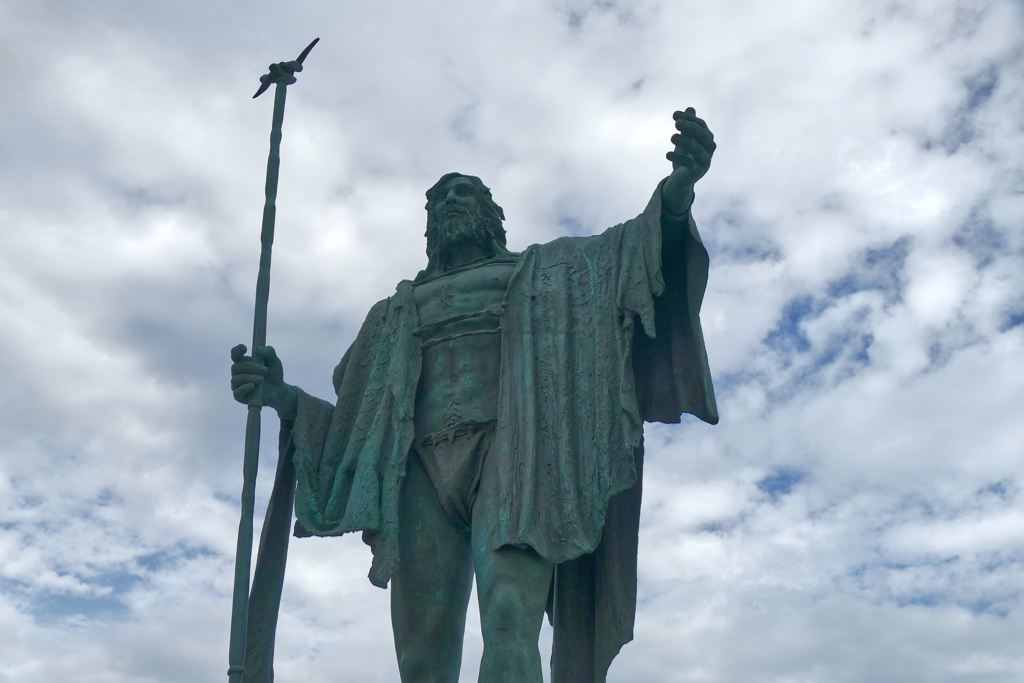
Since there was no metal on the island, the people lived at a Stone Age level of technology. Nevertheless, the Guanches had an amazing cultural identity. They practiced rock carvings and embellished clay pots with geometric patterns. Although there wasn’t written language, they used certain characters which in fact are similar to the letters of the North African Berber script Tifinagh.

Although the first Guanches certainly had crossed the sea at some point, they didn’t build ships so that even the neighboring islands were as unreachable for them as either the African or the European continents. Therefore, the arrival of the Spanish conquerors in the 15th century must have been a huge culture shock for them.
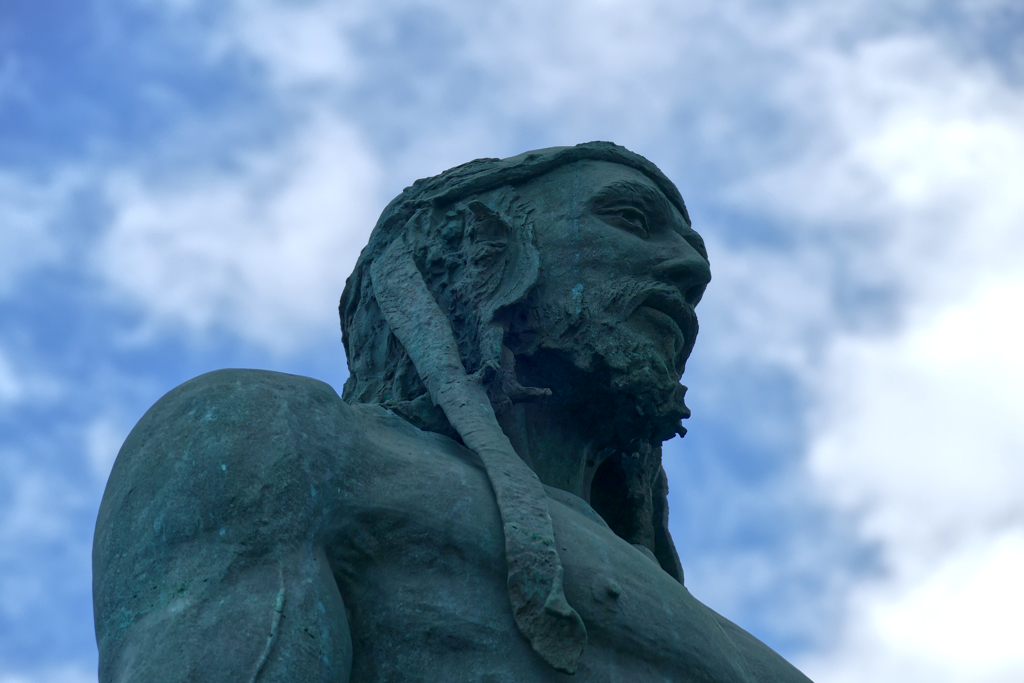
Various scientists don’t shy away from using the term Genocide to describe the Spanish conquest of the Canary Islands. And indeed, the mass killings and enslavement of natives finally erased the Guanche people from the earth. Also, the gruesome strategies the conquerers used in the Canary Islands in the 15th century served as a blueprint for the merciless colonization of the Americas.
Leisure
Wow, that was a lot of history, am I right? But don’t get me wrong: Candelaria is by no means one of those boring places only history teachers and other nerds can enjoy.
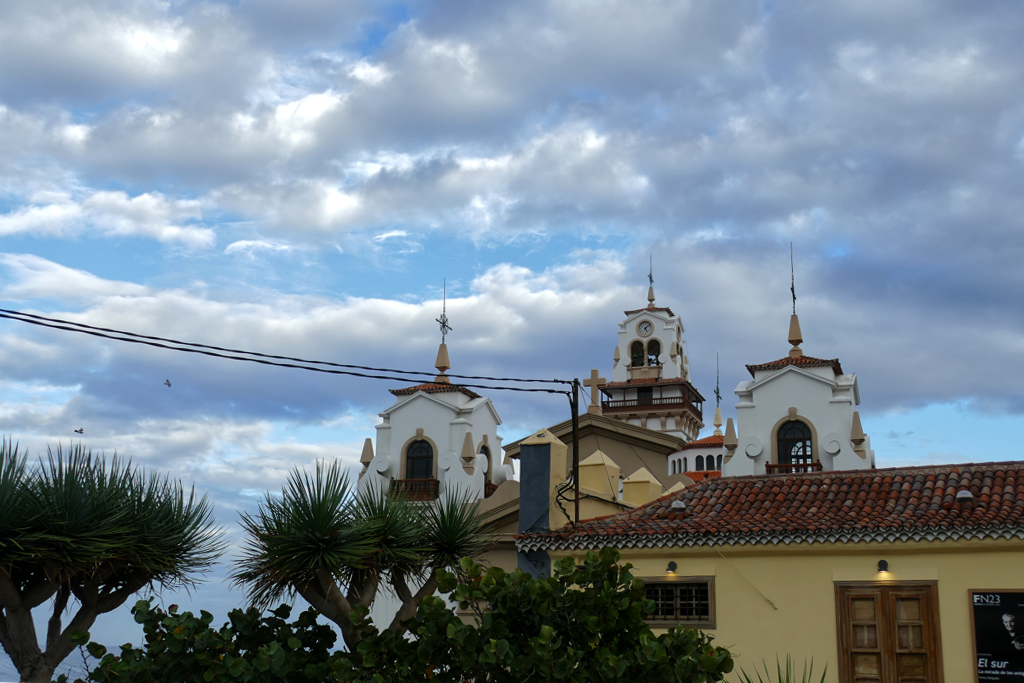
As you walk southwards and up the hill, not only can you enjoy a great panoramic view of the coast around Candelaria. You’ll also pass the old town hall. Since 2016, it has housed the TEA Tenerife Espacio de las Artes. This cultural venue organizes a variety of modern and contemporary art events. The TEA in Candelaria is actually the third branch after Santa Cruz and Garachico. Especially the one in Tenerife’s capital is worth a visit as the building was designed by Swiss star architects Herzog & de Meuron in cooperation with local architect Virgilio Gutierrez.
Candelaria is also ideal for spending a few lazy days on the beach. There are the beaches Playa de Punta Larga and Playa de las Arenas in the north and Playa de Samarines south of the city center. These beaches can be reached on foot and are suitable for everyone, even families with small kids. In contrast to the beaches of the tourist hotspots in the south, they are rather cozy and not so overcrowded.
Food
Yes, there is the impressive cathedral. That’s right, there are the larger-than-life statues of the Guanches. Okay, you can relax on peaceful beaches around Candelaria.
But my personal highlight remains a visit to Guachinche La Basílica.
A so-called Guachinche is a place where locally produced wine is served, accompanied by simple local dishes. If this sounds like the exact opposite of a tourist trap, then I’ve described it correctly. Guachinches are usually small no-frill eateries serving great regional food made from fresh local produce. Hence, it’s a great opportunity to rub shoulders with locals.
La Basílica is one of my absolutely favorite Guachinches. It is uphill from Candelaria across the freeway TF-283.
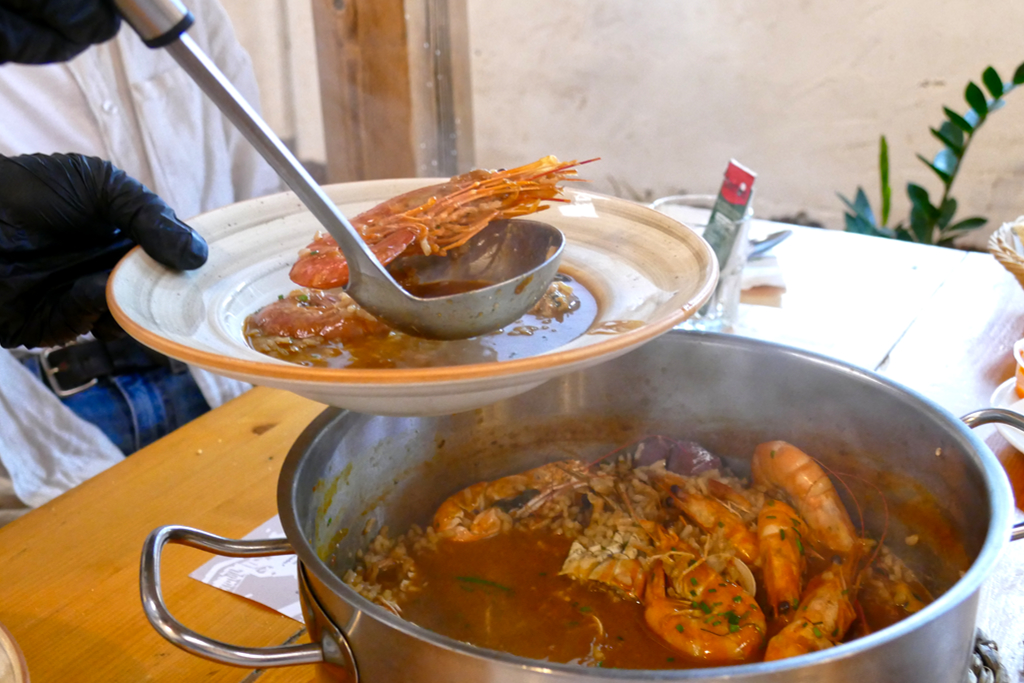
Even though the large room doesn’t actually meet the usual criteria of a classic mom-and-pop Guachinche, the atmosphere is very authentic. Apart from us, there were no other tourists there. The menu, which is also atypically extensive, mainly consists of excellent rice dishes. A superior choice of wine complements the regional delicacies. However, this excellence comes with a price tag as the prices are higher than in typical small Guachinches. However, they are still far from being expensive.
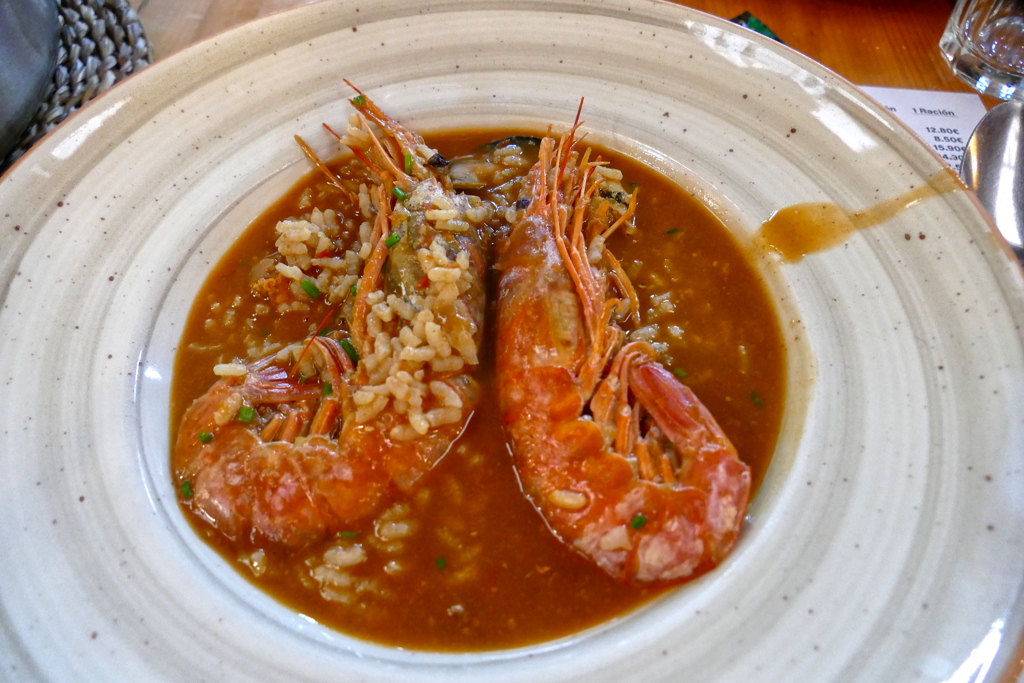
Guachinche La Basílica is located at Calle la Magdalena and opens every day from 12.30 p.m. to 11 p.m. Fridays and Saturdays, they are open until midnight.
Practical Information
How to Get There
From the Intercambiador, hence, the main bus station in Tenerife’s capital city Santa Cruz, various buses like for instance #111, #120, and #128 are going in relatively short intervals to Candelaria. The trip takes a little over twenty minutes.
Organized Trips
Although I’m an avid solo-travelling woman, I sometimes like to join organized tours. Since I’m not driving, they are sometimes the only option to visit remote places. Also, it’s a great way to get in touch with fellow travellers. Finally, if you want to explore the water world surrounding Tenerife, you probably cannot avoid joining an organized trip.
Here are some suggestions of which tours to join in Tenerife*:
Where to Stay
Candelaria is the ideal location and connection point between Tenerife’s fertile north and the tourist south. Yet, surprisingly few visitors choose the town as their base. That’s a mistake as you’ll find rich culture, local vibes and beautiful beaches here.
Booking.comIn addition, it’s well-connected to the public transport network. So if you are considering Candelaria as a base for your next Tenerife vacation, you will find some suitable accommodations on this map*:
Booking.comMap
On this map, I’m showing you where to find the wonderful hidden spots around Taganana. Clicking on the slider symbol at the top left or the full-screen icon at the top right will display the whole map including the legend.
The day trip to Candelaria was just one of the amazing day trips during my week in Tenerife. To read about the others, go to this post and take your pick!
For general information on Spain, go to this post since there, you’ll find information and tips that will make your trip much smoother and more enjoyable.
Pinnable Pictures
If you choose to pin this post for later, please use one of these pictures:



Did You Enjoy This Post? Then You Might Like Also These:
EL MEDANO – where not only the wind will blow you away
TAGANANA – Over The Hills And Far Away in Tenerife
CANDELARIA, Home of the Canarian Virgin Mary and the Guanches
Day Trip to San Cristobal de La Laguna and the National Park of Anaga
One Day in SANTA CRUZ de TENERIFE
MOUNT TEIDE – the Highlight of Tenerife
GARACHICO – ICOD DE LOS VINOS – MASCA – Touring Tenerife’s Delightful Northcoast
Guide to PUERTO DE LA CRUZ – a Town Full of Contrasts
* This is an affiliate link. Hence, If you book through this page, not only do you get the best deal. I also get a small commission that helps me run this blog. Thank you so much for supporting me!
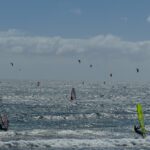




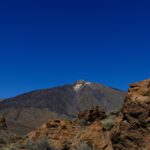
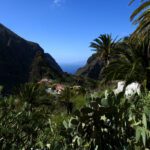
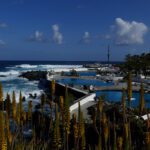
You are introducing me to some great new spots on Tenerife. While we are not religious we still like to visit and learn about place like Candelaria. Interesting to see the statues of the Guanches. Good tip to visit Guachinches for some local wine and good regional food.
You would love eating at a Guachinche, Linda!